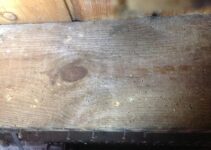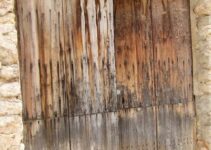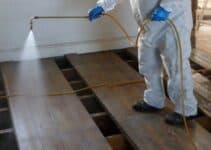Woodworm is a term commonly used to describe the larval stage of several species of beetles that bore into and consume wood. These insects can cause significant damage to wooden structures and furniture, making them a dreaded household pest.
However, a question that often arises is whether woodworm can be found on or even eat clothes? Woodworms do not typically eat clothes, as their primary diet consists of cellulose found in wood.
While they may incidentally consume small amounts of cellulose in natural fibers like cotton or linen, this is not a common behavior.
In this blog post, we’ll delve into this topic, exploring whether woodworms can be carried on clothes, what aspects of clothing might attract them, and whether they pose a threat to your wardrobe.
Can Woodworm Be Carried on Clothes?
While woodworms are primarily associated with wooden structures and furniture, they can be inadvertently carried on clothes.
This can happen when you store clothes in close proximity to infested wooden surfaces, like wardrobes or drawers, or when you bring second-hand clothes or furniture items into your home.
As the adult beetles lay eggs on the wooden surfaces, the larvae may crawl onto nearby clothes, potentially spreading the infestation to other wooden items in your home.
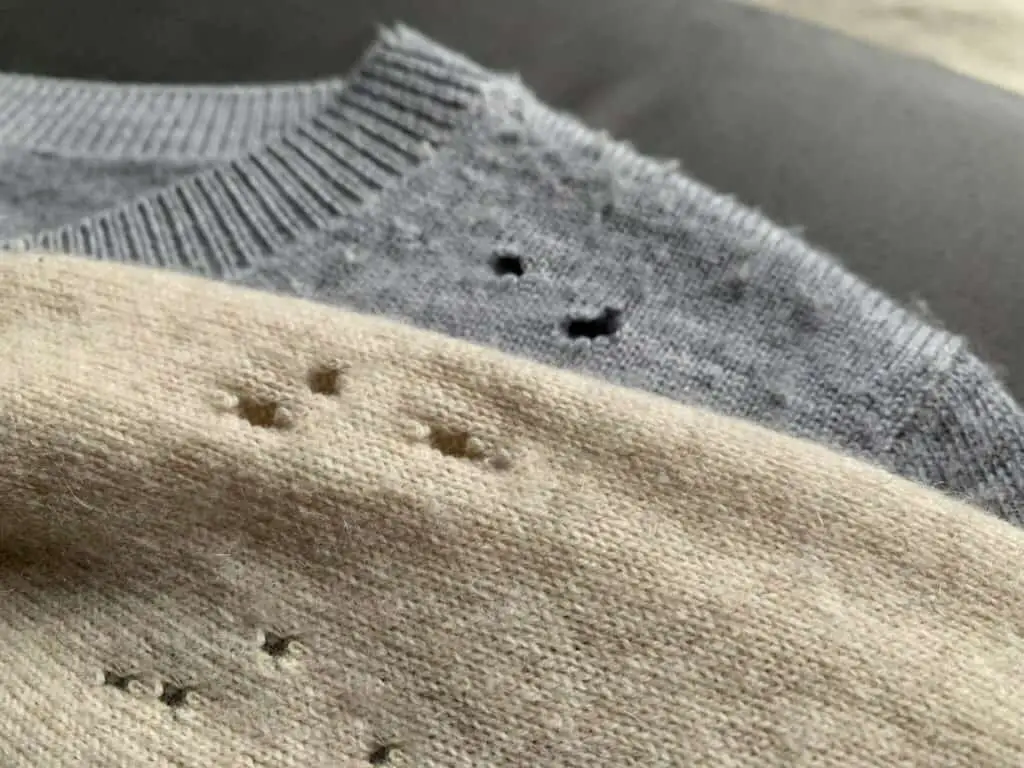
Woodworm carried on clothes isn’t very common. It comes as no surprise that woodworm infestations are usually found within wooden structures like joists, picture frames, tables and chairs, not in clothing.
Do Woodworm Eat Clothes?
The primary diet of woodworm larvae consists of cellulose found in wood, which they consume to gain nutrients for growth and development. Clothing isn’t attractive to woodworm as it doesn’t contain cellulose.
However, some natural fibers used in clothing production, such as cotton or linen, do contain cellulose. Despite this, woodworms are not known to eat clothes as their primary food source.
While they may incidentally consume small amounts of cellulose in clothes if they come into contact with them, this is not a common behavior.
Woodworms prefer the higher cellulose content and structural stability of wood, which provides the necessary environment for their development.
What Components of Clothes Might Attract Woodworm?
As mentioned above, woodworm beetles are attracted to cellulose, which can be found in some natural fibres like cotton and linen.
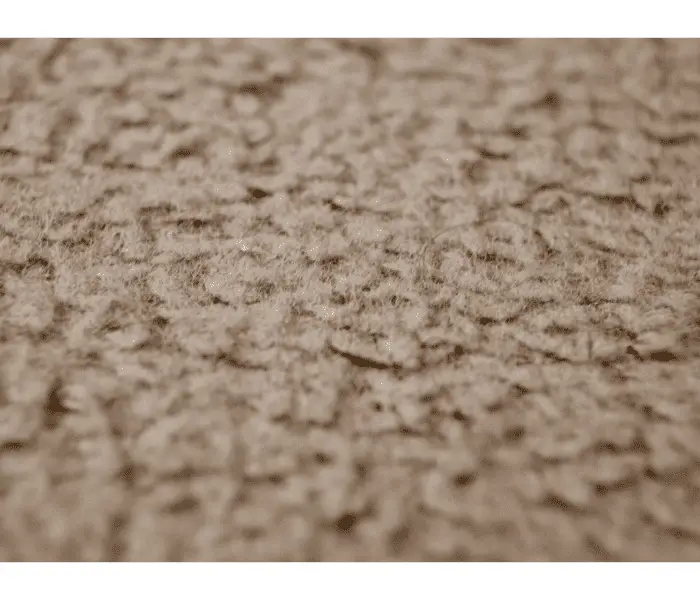
Nevertheless, this attraction is usually not enough to make your clothes a primary target for woodworms. Instead, they will focus on wooden items in your home, where cellulose is more abundant.
Another aspect of clothing that might attract woodworms is moisture. Woodworms thrive in damp conditions, as moist wood is easier for them to chew and digest.
Similarly, damp clothing may also attract woodworms. However, they will still prefer wooden surfaces due to the higher cellulose content and structural stability.
Preventing woodworm infestations in your clothes and home
While woodworm is unlikely to cause significant damage to your clothes, lets take a look at some preventative measures to keep your home protected from those pesky woodworm beetles!
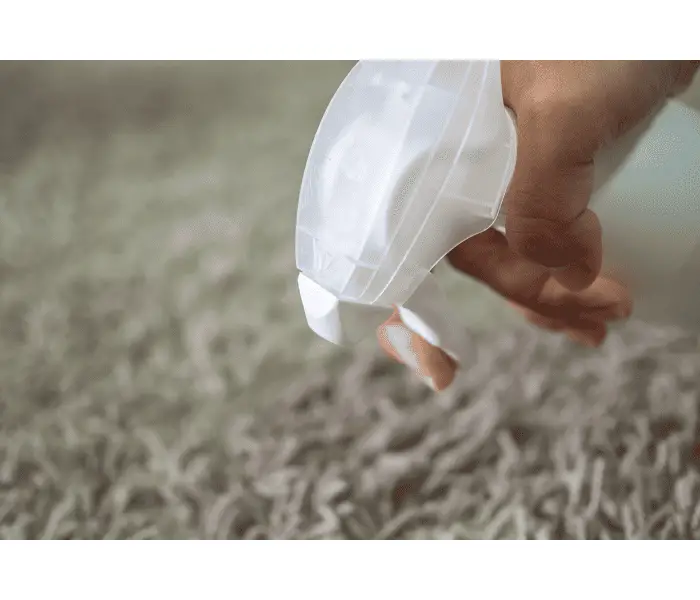
Inspect Wooden Items
Regularly check your wooden furniture and structures for signs of woodworm infestations, such as tiny holes or sawdust-like frass. Early detection and treatment can prevent the spread of woodworms to other areas of your home.
Control Moisture
Woodworm love damp! So keep your home well ventilated and damp free.
Store clothes properly: Keep your clothes clean and dry. Avoid storing clothes in a damp or humid environment, and make sure they are not in direct contact with wooden surfaces that may be infested with woodworms.
Opt for plastic or metal storage solutions to reduce the risk of woodworm infestations in your wardrobe.
Use Wood Treatments
Apply wood preservatives or insecticides specifically designed to protect against woodworm infestations on vulnerable wooden surfaces, such as furniture, floorboards, or beams.
Check second hand clothing
When purchasing second-hand clothes or furniture, carefully inspect them for signs of woodworm infestations. Clean and treat any items that show signs of woodworm before bringing them into your home.
Woodworm and Clothing – A Summary
While woodworm is notorious for causing damage to wooden structures, they are not known for causing any harm to your clothing.
Although woodworms can be inadvertently carried on clothes, this occurrence is relatively rare.
The primary diet of woodworm larvae is cellulose, which is abundant in wood but not as prevalent in clothing materials.
Preventing woodworm infestations in your home by regularly inspecting wooden items, controlling moisture, and properly storing clothes will help protect both your wardrobe and your wooden belongings.
